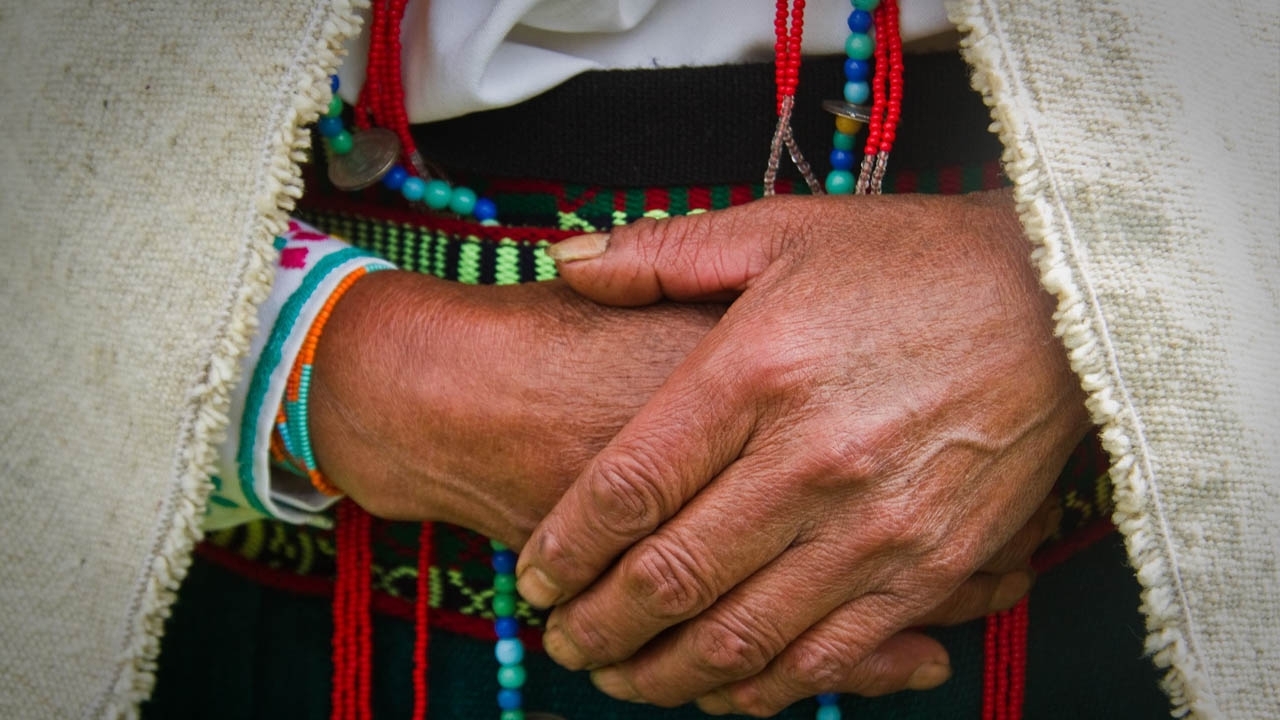USDA Invests More Than $2.1 Million in Tribal Communities to Fund Plant Protection Projects

Press Release
Media Contacts:
Cecilia Sequeira, 202-494-5083
mailto:k.cecilia.sequeira@usda.gov
Suzanne Bond, 301-538-9322
suzanne.m.bond@usda.gov
WASHINGTON, January 14, 2025 - The U.S. Department of Agriculture (USDA) is investing more than $2.1 million to support 14 plant protection projects focusing on Tribal Nations’ infrastructure for pest detection, surveillance, threat mitigation, and outreach. These funds aim to help indigenous communities safeguard our food supply and natural resources from invasive pests. Projects include funding for biological control, surveys for weeds, emergency responses to pests, and outreach in Tribal communities.
“This year’s projects highlight the critical role Tribal Nations play in protecting lands, agriculture, and ecosystems from invasive species and plant pests and diseases,” said USDA Under Secretary Jenny Lester Moffitt. “By combining traditional knowledge with innovative strategies, these initiatives strengthen resilience in Tribal communities, foster collaboration, and ensure the health of crops and natural resources for future generations.”
These funds will support projects covering a range of plant health protection activities, including, but not limited to:
- $455,533 to support the Nez Perce Tribe’s effort to produce and release biological controls on their lands as part of their integrated weed management strategy, and distribute biocontrol agents to partners within the region;
- $306,270 to support the Saint Regis Mohawk Tribe’s emergency response to the emerald ash borer in New York to minimize the pest’s impacts to ash trees and habitat;
- $524,523 to evaluate the release of a biological control agent for common crupina in two new states, and continue releases on Tribal lands;
- $355,400 to leverage advanced technologies to map and eradicate knapweed infestations on Blackfeet Tribal lands;
- $200,650 to support surveys on Tribal lands in Wisconsin for wild rice, to fund invasive pest outreach for Native seasonal workers, and to improve pest management in the state;
- $20,000 to develop outreach in support of pest surveillance and management strategies to protect and enhance agricultural production areas of the Sauk-Suiattle Tribe; and much more.
These efforts are part of a broader mission to ensure U.S. agriculture thrives in the face of new challenges. Since 2009, USDA has invested nearly $940 million in more than 5,800 projects to detect and respond to invasive plant pests and diseases quickly. This work also ensures specialty crop producers have access to certified, disease-free plants.
In addition to the PPA 7721 annual funding opportunities, USDA offers a variety of programs and services that are available to Tribal governments, communities and organizations, and individual Native Americans and Alaskan Natives. Visit the Office of Tribal Relations (OTR) website for information on USDA programs and services available to Tribal communities.
For a full list of funded projects, visit the USDA Animal and Plant Health Inspection Service website (562.47 KB).
#
USDA is an equal opportunity provider, employer, and lender.

